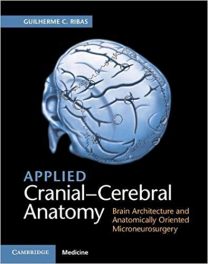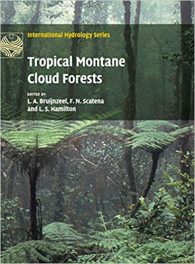Authors: Karen Page and Andrew Dornenburg
Publisher: Little, Brown and Company – 380 pages
Book Review by: Laxmi Chaandi
Karen Page and Andrew Dornenburg are accomplished chefs who are also Honorary Ambassadors of the Culinary Institute of America, an honor bestowed to just a few very accomplished and innovative people by that prestigious organization.
They are also well-known writers and award winners in culinary circles. The Flavor Bible, published in 2008, won for them the Nautilus Book Award in 2010.
In 2007, they won the Cookbook of the Year award from the International Association of Culinary Professionals (IACP) for their book What to Drink with What to Eat.
They are also coauthors of other books: Becoming a Chef, Culinary Artistry, Dining Out, Chef’s Night Out, The Food Lover’s Guide to Wine, and The New American Chef.
The husband-and-wife and chef-and-author pair urges you to be original and imaginative in coming up with new dishes, and ingenious in your cooking: to experiment with new ingredients, various spices, zesty seasonings to develop, most importantly, distinctive flavors in your foods. Here is a description of their cooking as written on the inside flap of The Flavor Bible:
“Cuisine is undergoing a startling historic transformation: With the advent of the global availability of ingredients, dishes are no longer based on geography but on flavor. This radical shift calls for a new approach to cooking – as well as a new genre of ‘cookbook’ that serves not to document classic dishes via recipes, but to inspire the creation of new ones based on imaginative and harmonious flavor combinations.”
Have you taken notice lately that a lot of restaurants now serve or even specialize in ‘Asian fusion’ cuisine? I like Indian food. I eat it almost on a daily basis. But we as a family also go out frequently on weekends to eat Chinese or Thai food – which we simply love – and try out the old favorites as well as some new dishes. Sometimes I have a craving for Indian, Chinese and Thai food. So we go to restaurants (or just order in) some of those sumptuous ‘Asian fusion’ dishes.
It seems like the authors were really prescient when The Flavor Bible was published in 2008. At that time, note above that they wrote about ‘harmonious flavor combinations.’
Today, in 2012, there is an abundance of restaurants that offer ‘Asian fusion’ dishes, which are combinations of flavors of foods found in the various countries in Asia.
While they grant that the traditional cookbooks – providing lists and exact measurements of ingredients along with precise step-by-step instructions to preparing a meal – are useful to first-time cooks, the authors point out that “they provide a sense of false security for which the unsuspecting cook pays a price. When a recipe is rigidly scripted and blindly followed, it negates the cook’s own creative instincts and good judgment – no to mention much of the pleasure of truly “being” in the moment.” When I first started cooking with the aid of cookbooks, I often threw in some nuts to enhance the taste.
I sometimes tell friends that I am nuts about nuts.
The authors helped cooks become innovative when many of them adopted their 1996 book, Culinary Artistry as a cooking guide. They write that that book “sought to break the mold of contemporary prescriptive cookbooks and restore the creative instincts to chefs.” Urging people to cook with different ingredients to create new flavors and combinations thereof was the basic theme and thrust of that book.
This book contains vast lists relating to food, to expose to the reader the different cheeses, flavorings, fruits, herbs, ingredients, oils, nuts, peppers, salts, sauces, spices, vegetables, vinegars he or she can use create their masterpiece meals. The lists and photos are all over the book to make our imaginations run wild and get our ‘creative juices’ flowing. Going through the book is much like being a kind in a candy shop.
The book is quite unstructured as far as the contents and materials are concerned, except that in the last six pages of the book, there is a 3-page section for acknowledgments, a 2-page list of culinary experts and the last page has a paragraph each about the authors and the photographer.
There is no Table of Contents in this book, but I suspect it was purposely not created to let the reader discover the goodies in the book without giving him a chance to pick and choose where to go and where not to. What a wonderful way for the reader to wander around and discover culinary pleasures he never imagined existed. An unusual book.






